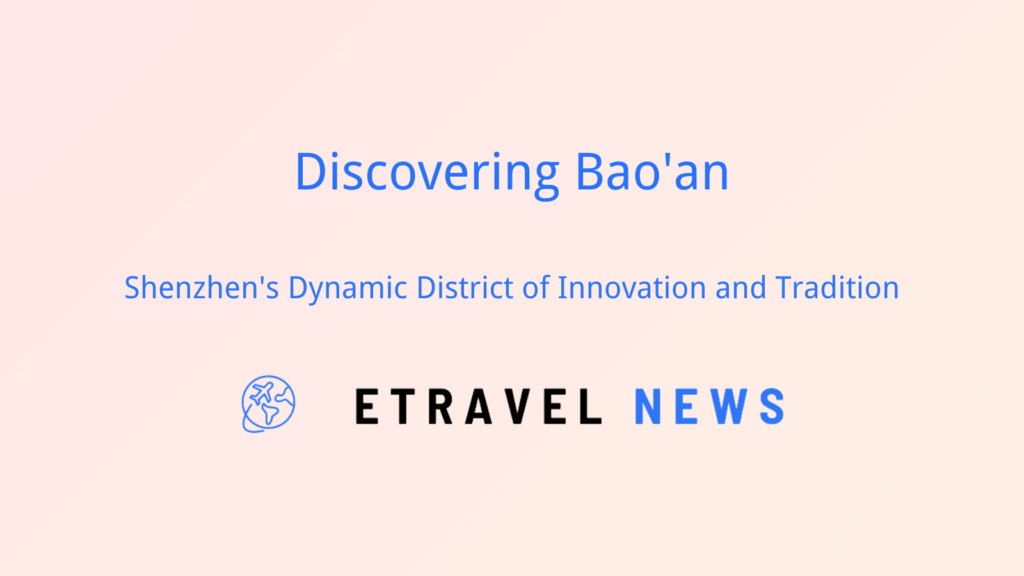Introduction to Chongqing
Nestled at the confluence of the Yangtze and Jialing rivers, Chongqing is a sprawling metropolis known as the “Mountain City” due to its unique topography. This city-state, one of China’s four direct-administered municipalities, boasts a history spanning over 3,000 years.
Chongqing’s rapid development in recent decades has transformed it into a vibrant urban center, blending ancient charm with modern innovation. With a population exceeding 30 million in its administrative area, it stands as one of the world’s largest urban agglomerations.
The city’s strategic location in southwest China has made it a crucial economic and transportation hub, serving as a gateway to the country’s western regions.

Historical and Cultural Attractions
- Ciqikou Ancient Town: A well-preserved Ming and Qing dynasty port town, offering a glimpse into old Chongqing life.
- Three Gorges Museum: Housing over 170,000 artifacts, it showcases the rich history and culture of the Three Gorges region.
- Dazu Rock Carvings: A UNESCO World Heritage Site featuring intricate Buddhist, Taoist, and Confucian rock carvings dating back to the 7th century.
- Great Hall of the People: An iconic building combining traditional Chinese architecture with modern elements, symbolizing Chongqing’s political importance.

Natural Wonders and Scenic Spots
Chongqing’s natural beauty is as impressive as its urban development:
- Yangtze River and Three Gorges: Offering breathtaking views and serving as a major transportation artery.
- Wulong Karst National Geology Park: Famous for its natural bridges, caves, and sinkholes.
- Fengdu Ghost City: A complex of shrines, temples, and monasteries dedicated to the afterlife.
- Hongya Cave: A stilt house complex built into the cliff face, illuminated spectacularly at night.

Modern Chongqing
The city’s skyline rivals that of any global metropolis, with standout features including:
- Raffles City Chongqing: A mixed-use complex featuring a 300-meter-long “horizontal skyscraper” connecting six of its eight towers.
- Liziba Monorail Station: Famous for its train line passing through a residential building.
- Jiefangbei CBD: The heart of downtown Chongqing, bustling with shopping, dining, and entertainment options.
Culinary Delights of Chongqing
Chongqing’s cuisine is renowned for its spicy and flavorful dishes:
| Dish | Description |
|---|---|
| Chongqing Hotpot | A fiery, communal dining experience with various meats and vegetables cooked in spicy broth |
| Xiaomian | Spicy noodles with various toppings, a popular breakfast and snack |
| Shuijingfang | A type of baijiu (Chinese spirit) originating from Chongqing |
The city’s street food scene is vibrant, offering delicacies like grilled squid, spicy duck necks, and various skewered meats.

Transportation and Getting Around
Navigating Chongqing’s unique terrain is an adventure in itself:
- Chongqing Jiangbei International Airport: Connects the city to domestic and international destinations.
- Metro System: An extensive network covering major areas of the city.
- River Cruises: A scenic way to explore the city and surrounding areas.
- Cable Cars: Offering panoramic views of the cityscape and rivers.
Planning Your Visit to Chongqing
Best times to visit:
- Spring (March to May) and Autumn (September to November) for mild weather.
- Winter for the famous Chongqing hotpot experience.
Recommended Itineraries:
- 3-Day Stay:
- Day 1: Ciqikou Ancient Town, Three Gorges Museum
- Day 2: Dazu Rock Carvings, evening at Hongya Cave
- Day 3: City tour including Jiefangbei CBD and a river cruise
- 5-Day Exploration:
- Add a day trip to Wulong Karst National Geology Park
- Include a visit to Fengdu Ghost City
Tips for navigating:
- Wear comfortable shoes for steep streets.
- Use the metro to avoid traffic congestion.
- Consider staying in the Jiefangbei or Nanbin Road areas for convenience.
Chongqing, with its unique blend of natural beauty, rich history, and modern development, offers visitors an unforgettable experience of China’s dynamic urban landscape and cultural heritage.





